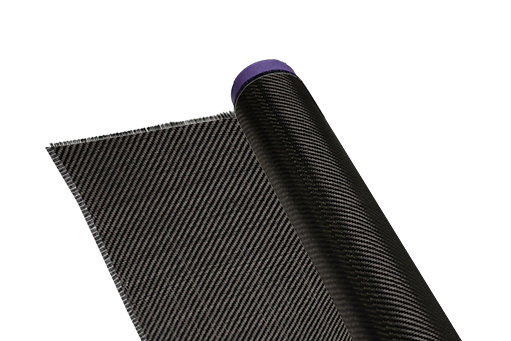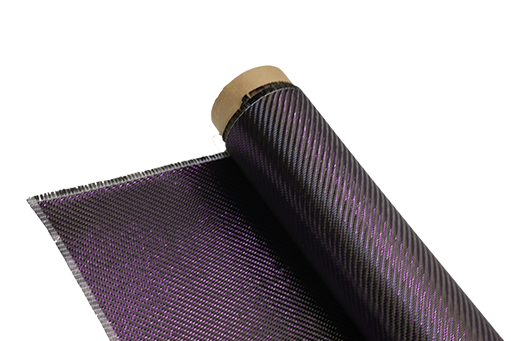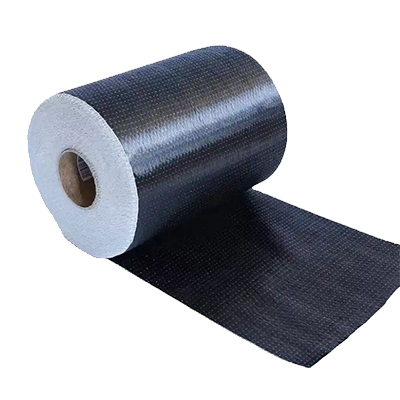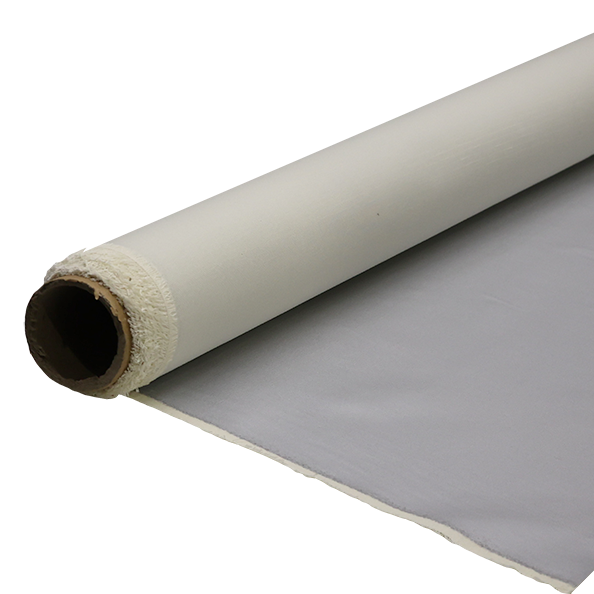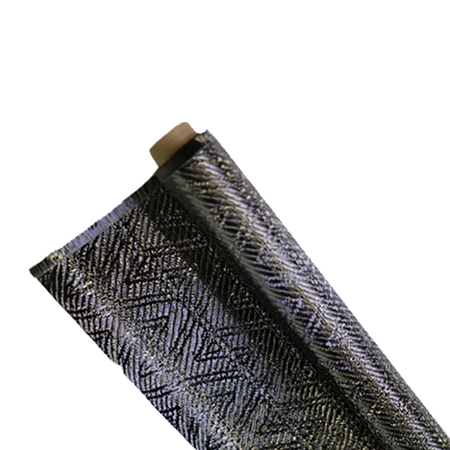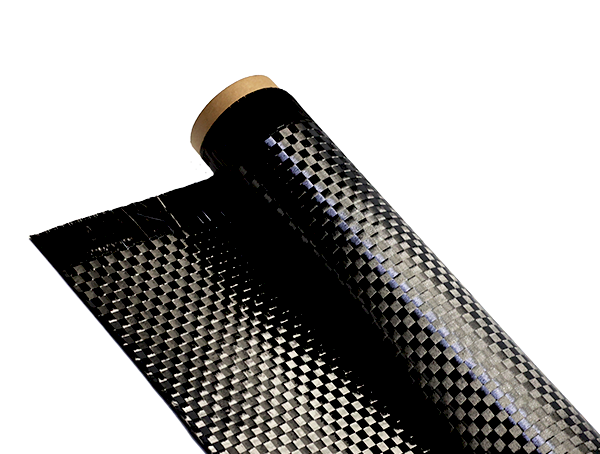Modulus vs Strength: Understanding Carbon Properties
-
Table of Contents
“Modulus vs Strength: Unraveling the Secrets of Carbon’s Enduring Power.”
The relationship between modulus and strength is crucial in understanding the properties of carbon materials, particularly in applications ranging from structural engineering to advanced composites. Modulus, often referred to as elastic modulus, measures a material’s stiffness and its ability to deform elastically under stress, while strength indicates the maximum stress a material can withstand before failure. In carbon materials, these properties can vary significantly based on their structure, such as graphite, carbon fibers, or amorphous carbon. Understanding the interplay between modulus and strength is essential for optimizing the performance of carbon-based materials in various industrial applications, ensuring they meet the required mechanical and thermal performance standards. This introduction sets the stage for a deeper exploration of how these properties influence the selection and application of carbon materials in modern technology.
Modulus of Elasticity: Key Differences in Carbon Materials
The modulus of elasticity is a fundamental property that characterizes the stiffness of materials, including various forms of carbon. Understanding the differences in the modulus of elasticity among carbon materials is crucial for engineers and designers who seek to optimize performance in applications ranging from aerospace to civil engineering. Carbon exists in several allotropes, including graphite, graphene, and carbon nanotubes, each exhibiting distinct mechanical properties that influence their modulus of elasticity.
Graphite, a well-known form of carbon, has a relatively low modulus of elasticity, typically ranging from 10 to 20 GPa. This property is largely attributed to its layered structure, where weak van der Waals forces hold the layers together. Consequently, graphite exhibits significant flexibility and can deform under stress without fracturing. This characteristic makes graphite suitable for applications where some degree of flexibility is advantageous, such as in lubricants and batteries. However, the low modulus of elasticity also limits its use in applications requiring high stiffness and strength.
In contrast, graphene, a single layer of carbon atoms arranged in a two-dimensional honeycomb lattice, boasts an exceptionally high modulus of elasticity, estimated to be around 1,000 GPa. This remarkable property arises from the strong covalent bonds between carbon atoms within the graphene sheet, which provide outstanding resistance to deformation. As a result, graphene is often considered a revolutionary material for various applications, including flexible electronics, composite materials, and even structural components in aerospace engineering. The high modulus of elasticity of graphene allows it to maintain structural integrity under significant loads, making it an attractive option for high-performance applications.
Carbon nanotubes, another allotrope of carbon, exhibit unique mechanical properties that combine aspects of both graphite and graphene. Depending on their chirality and diameter, carbon nanotubes can have a modulus of elasticity ranging from 100 to 1,200 GPa. This variability is due to the different arrangements of carbon atoms and the resulting bonding characteristics. The exceptional strength-to-weight ratio of carbon nanotubes, coupled with their high modulus of elasticity, positions them as ideal candidates for reinforcing materials in composites, where they can enhance the overall mechanical performance without adding significant weight.
Moreover, the differences in the modulus of elasticity among these carbon materials highlight the importance of selecting the appropriate form of carbon for specific applications. For instance, while graphite may be suitable for applications requiring flexibility and lubrication, graphene and carbon nanotubes are more appropriate for scenarios demanding high strength and stiffness. This understanding is essential for engineers who must balance performance requirements with material costs and availability.
In summary, the modulus of elasticity serves as a critical parameter in distinguishing the mechanical properties of various carbon materials. The stark differences between graphite, graphene, and carbon nanotubes illustrate how the atomic structure and bonding characteristics influence their stiffness and overall performance. As research continues to advance in the field of carbon materials, the ability to tailor these properties will enable the development of innovative solutions across a wide range of industries, ultimately enhancing the functionality and efficiency of modern technologies. Understanding these key differences not only informs material selection but also paves the way for future innovations in material science.
Strength Characteristics: Comparing Carbon Fiber and Steel
When discussing the strength characteristics of materials, particularly in the context of engineering and manufacturing, carbon fiber and steel often emerge as two prominent contenders. Both materials exhibit unique properties that make them suitable for various applications, yet their strength characteristics differ significantly, influencing their use in different industries. To understand these differences, it is essential to delve into the fundamental aspects of strength, including tensile strength, compressive strength, and overall durability.
Tensile strength, which refers to the maximum amount of tensile stress a material can withstand before failure, is a critical factor in determining the suitability of a material for specific applications. Carbon fiber, known for its high tensile strength-to-weight ratio, can withstand significant forces while remaining lightweight. This property makes carbon fiber an ideal choice for applications in aerospace, automotive, and sporting goods, where reducing weight without compromising strength is paramount. In contrast, steel, while heavier, also boasts impressive tensile strength, particularly in its alloyed forms. The ability of steel to endure high tensile loads makes it a staple in construction and heavy machinery, where structural integrity is crucial.
Moreover, compressive strength, which measures a material’s ability to withstand axial loads without collapsing, further distinguishes carbon fiber from steel. Carbon fiber exhibits excellent compressive strength, particularly when layered in a composite form. This characteristic allows it to maintain structural integrity under compressive forces, making it suitable for applications such as pressure vessels and structural components in buildings. Steel, on the other hand, also demonstrates high compressive strength, but its performance can vary significantly depending on the alloy and treatment processes used. For instance, reinforced steel, commonly used in concrete structures, enhances compressive strength, ensuring that buildings can withstand heavy loads and environmental stresses.
In addition to tensile and compressive strength, durability plays a vital role in evaluating the overall strength characteristics of these materials. Carbon fiber is resistant to corrosion and fatigue, which contributes to its longevity in various applications. This resistance is particularly advantageous in environments where exposure to moisture or chemicals is prevalent. Conversely, steel, while strong, is susceptible to rust and corrosion if not properly treated or maintained. This vulnerability can lead to structural failures over time, particularly in harsh environments. However, advancements in protective coatings and alloy formulations have significantly improved the durability of steel, allowing it to compete more effectively with carbon fiber in certain applications.
Furthermore, the impact resistance of a material is another critical aspect of its strength characteristics. Carbon fiber composites can absorb and dissipate energy effectively, making them less prone to catastrophic failure under impact loads. This property is particularly beneficial in applications such as automotive components, where safety is a primary concern. Steel, while strong, can be more brittle under certain conditions, leading to potential failure when subjected to sudden impacts. However, the ductility of steel allows it to deform under stress, providing a warning before failure occurs, which can be advantageous in structural applications.
In conclusion, the comparison of strength characteristics between carbon fiber and steel reveals a complex interplay of properties that dictate their suitability for various applications. While carbon fiber excels in tensile strength and durability, steel remains a formidable contender with its own strengths in compressive loads and structural integrity. Understanding these differences is crucial for engineers and designers as they select materials that best meet the demands of their specific projects, ultimately influencing the performance and safety of the final products.
The Role of Modulus in Carbon Composite Performance
The performance of carbon composites is significantly influenced by their mechanical properties, among which modulus and strength are critical parameters. Understanding the role of modulus in carbon composite performance is essential for engineers and material scientists who seek to optimize these materials for various applications. Modulus, often referred to as the elastic modulus, quantifies a material’s stiffness and its ability to deform elastically when subjected to stress. In the context of carbon composites, the modulus is a key indicator of how the material will behave under load, making it a vital consideration in design and application.
When evaluating carbon composites, the modulus provides insight into their rigidity and resistance to deformation. A higher modulus indicates a stiffer material, which is particularly advantageous in applications where dimensional stability is crucial. For instance, in aerospace and automotive industries, components must maintain their shape and structural integrity under varying loads and environmental conditions. Therefore, selecting a carbon composite with an appropriate modulus ensures that the material can withstand operational stresses without excessive bending or warping.
Moreover, the relationship between modulus and strength is complex and interdependent. While strength refers to the maximum stress a material can withstand before failure, modulus reflects how much it will deform under that stress. In many cases, a high modulus can contribute to improved strength, as stiffer materials tend to distribute loads more effectively. However, it is essential to recognize that increasing modulus does not always correlate with increased strength. For example, some carbon composites may exhibit high stiffness but lower tensile strength, which can lead to brittle failure under certain conditions. Therefore, engineers must carefully balance these properties to achieve optimal performance.
In addition to stiffness and strength, the modulus of carbon composites can be influenced by various factors, including the type of carbon fibers used, the matrix material, and the manufacturing process. Different fiber orientations and layup configurations can significantly alter the composite’s overall modulus. For instance, unidirectional carbon fiber composites typically exhibit higher modulus values in the fiber direction compared to those with a woven structure. This anisotropic behavior necessitates a thorough understanding of the intended application to ensure that the composite’s properties align with performance requirements.
Furthermore, temperature and environmental conditions can also affect the modulus of carbon composites. As temperature increases, many materials experience a reduction in stiffness, which can impact their performance in high-temperature applications. Therefore, it is crucial to consider the operational environment when selecting carbon composites, as the modulus may vary under different conditions. This variability underscores the importance of conducting thorough testing and analysis to predict how a composite will perform in real-world scenarios.
In conclusion, the role of modulus in carbon composite performance is multifaceted and critical to the successful application of these materials. By understanding the interplay between modulus and strength, as well as the factors that influence these properties, engineers can make informed decisions when designing components for demanding applications. Ultimately, a comprehensive grasp of modulus not only enhances the performance of carbon composites but also contributes to the advancement of materials science, paving the way for innovative solutions across various industries.
Q&A
1. **Question:** What is the difference between modulus and strength in carbon materials?
**Answer:** Modulus refers to the stiffness of a material, indicating how much it deforms under stress, while strength refers to the maximum stress a material can withstand before failing.
2. **Question:** How does the modulus of elasticity affect the performance of carbon composites?
**Answer:** A higher modulus of elasticity in carbon composites results in greater stiffness, which enhances their ability to maintain shape and resist deformation under load, making them suitable for structural applications.
3. **Question:** Why is it important to consider both modulus and strength when selecting carbon materials for engineering applications?
**Answer:** Considering both modulus and strength ensures that the material can not only support the required loads without failing but also maintain its shape and performance under operational conditions.In conclusion, understanding the relationship between modulus and strength in carbon materials is crucial for optimizing their applications in various industries. While modulus indicates the stiffness and elasticity of carbon, strength measures its ability to withstand applied forces without failure. Balancing these properties allows for the development of advanced materials that meet specific performance requirements, enhancing their utility in fields such as aerospace, automotive, and construction.

